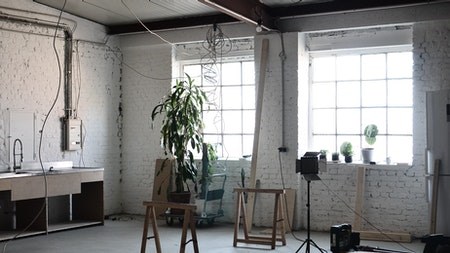Roofs are an integral part of a building’s architectural design. A roof is designed to enhance the beauty of a particular building but most importantly, a roof is a safety mechanism against wind, rain, hail, heat, snow and other hazards. It is for this reason that roofs are crafted to suit geographical weather patterns and environmental conditions.
Architects, building developers and owners in South Africa can choose from a wide array of options available such as solar tiles, asphalt shingles, metal roofing, stone-coated steel, slates, clay and concrete tiles, as well as green roofs which are also known as thatched roofs.
Thatched roofs are often an overlooked but effective way to cover your roof, especially in environmentally protected areas. Thatching involves the use of vegetation or palm branches to build a roof. It is important to note that thatching is regulated and recognised under the South African construction legal framework.
According to SA thatcher’s, all construction work to do with thatching is considered as specialised trade and hence all thatched structures regardless of the size must conform to stipulated regulations. These regulations demand that a registered and skilled architect and engineer should be considered to draw plans which must comply with Municipal and National Building regulations (SANS 10400-L and SANS 10407 (Thatched Roof Construction Specification). This prevents irregular roof structures.
Types of thatched roofs
Long Straw - Long straw thatched roofs are constructed using straw materials grown for this purpose. These roofs are characterised by a spar pattern around the eaves and barges of the building.
Combed Wheat Reed - Combed wheat is processed through a machine known as a Reed Comber. This ensures that the stem of the straw is stiffer and pristine. If you are looking for real longevity, this is what you must consider because combed wheat reed has a life span of 25-40 years.
Water Reed - The water reed is a broad-leafed grass, about 1.5 to 5 metres tall, with feathery flower clusters and stiff, smooth stems. Heather - Heather generally refers to a wide variety of blooming perennials, aromatic shrubs and ornamental grass.
Advantages of a thatched roof
Thatched roofs are cheaper. Not only are thatching materials readily available in natural habitats for free or minimum price but thatched roofs are also cheaper to maintain.
During cold winter seasons or hot summer days, you don’t need to worry much because grass thatched roofs act as insulators which means they make the indoors cool during summer and warm during winter.
Grass thatched roofs can last up to a minimum of 45-50 years meaning you can count on them for durability.
You can implement grass thatched roofs on various types of buildings such as beach resorts, garden gazebos and camping sites. In short, this type of roof is versatile. From an environmental point of view, grass thatched roofs are renewable and sustainable.
Regular maintenance of your thatched roof is very important in order to keep it in good condition. When a thatched roof is installed professionally and maintained regularly, it can last anywhere from 15 years and above.
How to maintain a thatched roof
You need to put a schedule in place to inspect and carry out any relevant maintenance works. Top of the list during the inspection should be the underside of the roof, the rafters, branderings and the ridging.
Rodents, nesting birds, and squirrels are a nightmare when it comes to thatched roofs. They have a tendency to not only cause a mess with waste droppings, but they also dig holes which damage the roof. You must look out for any signs of rodents, birds or squirrels and apply necessary measures.
Your roof must be cleaned every now and then. This can be done with a simple rake which removes moss and leaves.
Grass thatched roofs have a tendency to develop algae and moss especially during the rainy season. The best way to deal with this is by using fungicides which kill the moss and algae.
Every thatched roof deserves a good brush every 5-8yrs to ensure no deep rotting and thatch degeneration occurs. Brushing helps realign parts of the roof and gives the roof a clean and fresh look. It is only after years of brushing that you can consider re-thatching.
Lack of drainage on thatched roofs often leads to premature rotting and leaks. You need to ensure corners and joinery points have a drainage provision for rainy days.
While the guidelines provided above are not a sure guarantee for a thatched roof to last a lifetime, they are certainly essential to ensuring that you maintain a functional and long-lasting thatched roof.





